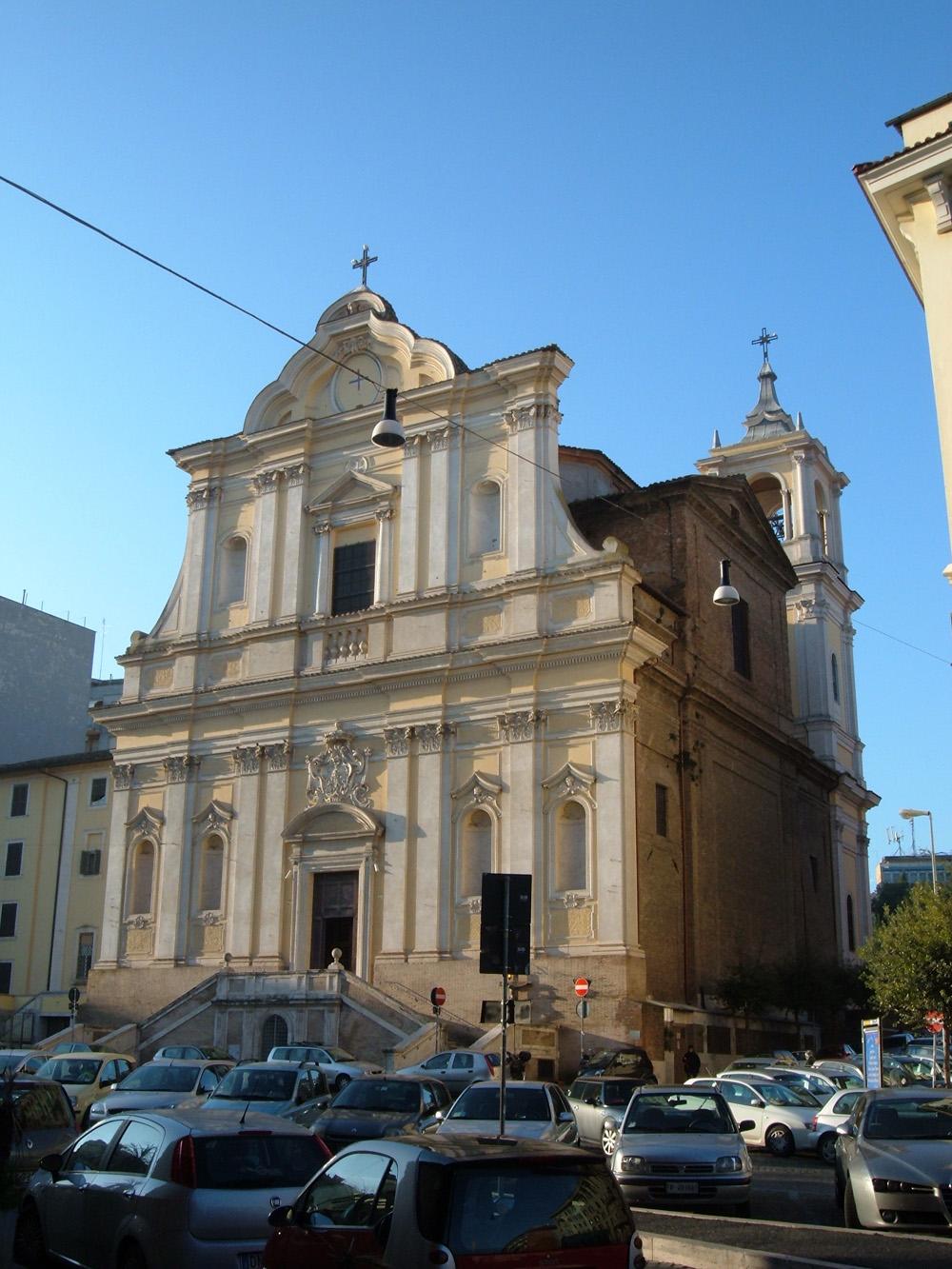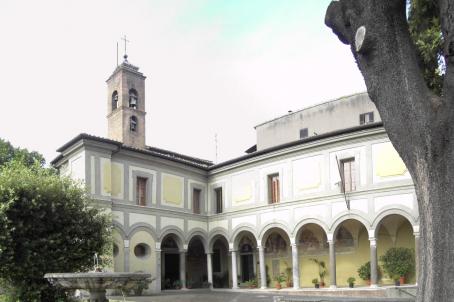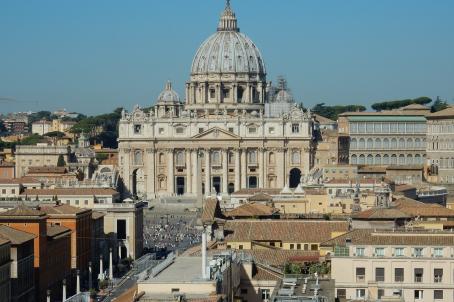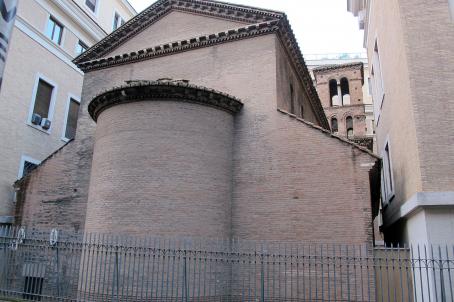Church of Santa Maria delle Grazie alle Fornaci
The church of Santa Maria delle Grazie alle Fornaci dates back to the XV century, but it was rebuilt at the end of the XVII century with drawings by Francesco Multò. In 1720 Filippo Raguzzini added the façade and it was not until 1950 that the bell tower was inserted.






